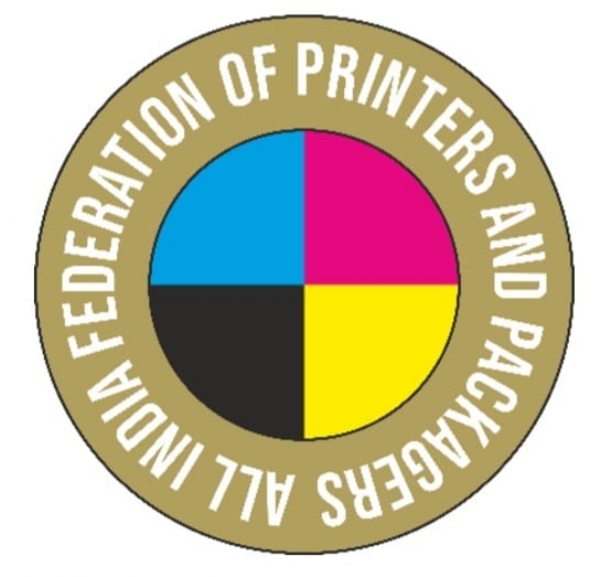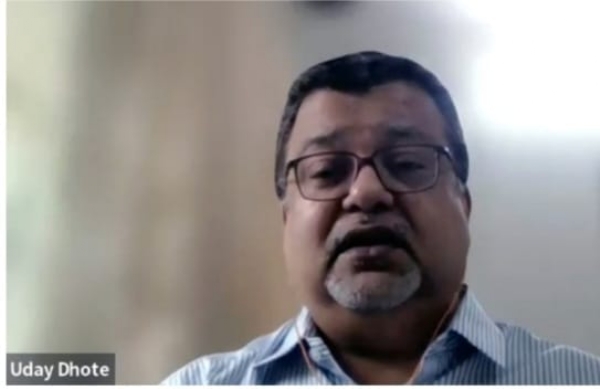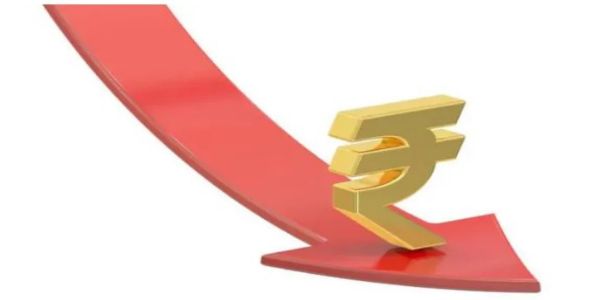



New Delhi, 25 August (H.S.): The All India Federation of Printers and Packagers (AIFPP), representing over 2.5 lakh enterprises nationwide, has urged the government to classify the entire printing and packaging industry under the 5% GST slab. The appeal was made during a crucial virtual meeting on Monday, convened to deliberate on the proposed Goods and Services Tax (GST) rationalization plan.
Under the government’s proposal, the existing 12% and 28% slabs would be scrapped and replaced with a simplified two-tier structure of 5% and 18%, along with a new 40% slab for “sin goods” such as tobacco products. While the reform aims to streamline the tax system, stakeholders fear that the printing and packaging sector could be moved to the higher 18% bracket—significantly raising operational costs and eroding competitiveness.
Over 96 industry leaders participated in the session, which featured expert insights from GST law specialist Mr. N.K. Thaman and Mumbai-based printer and Chartered Accountant Mr. Uday Dhote.
“The printing and packaging sector is integral to India’s economic landscape. Shifting to an 18% GST rate could stifle innovation, escalate operational costs, and erode our global edge,” warned Mr. Thaman. He emphasized that maintaining the 5% slab would boost job creation, exports, and align with the government’s simplification goals.
Mr. Dhote highlighted the plight of smaller enterprises, stressing that higher taxes would inflate production costs and eventually burden consumers. “This could slow down the sector’s recovery from the pandemic, especially for MSMEs that form the backbone of the industry,” he said.
Currently valued at USD 150 billion, India’s printing and packaging industry is the fifth-largest sector in the economy, employing over 2.5 million people directly. The packaging segment alone, pegged at USD 101 billion in 2025, is expected to touch USD 170 billion by 2030, with a CAGR of 10.73%. The commercial printing market, valued at USD 51 billion, continues to thrive on publishing, advertising, and flexible packaging demand.
Under the existing GST framework, most products fall under the 12% or 18% brackets. While cartons, boxes, and corrugated paper attract 12%, stationery items such as envelopes and diaries face 18%. Books enjoy concessional rates of 5% or 0%. With rationalization, nearly 99% of goods under the 12% slab could move to 5%, but stakeholders fear essential services may shift to 18%, increasing production costs by up to 6%.
The AIFPP plans to submit a detailed memorandum to the GST Council and relevant ministries. Mr. Arvind Mardikar, Chairman of Hindusthan Samachar News Agency, supported the move, noting that a 5% GST rate would improve affordability, strengthen exports—which stood at USD 10 billion in 2024 for paper and related products—and make the sector more sustainable.
---------------
Hindusthan Samachar / Jun Sarkar








